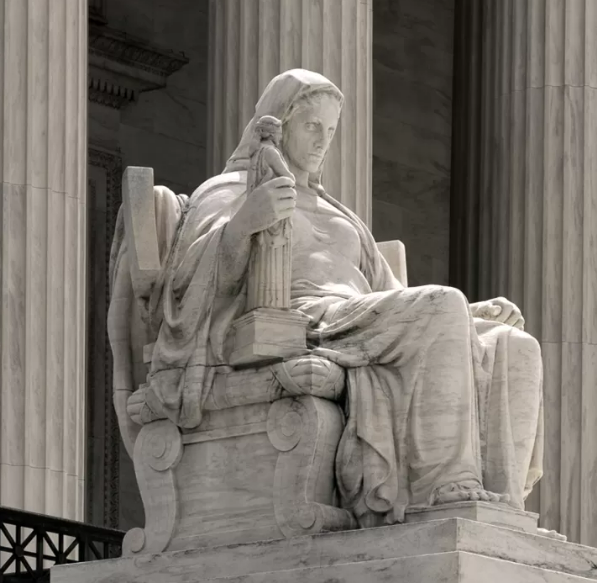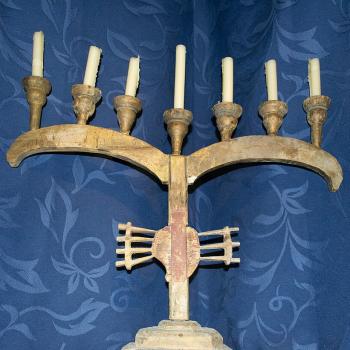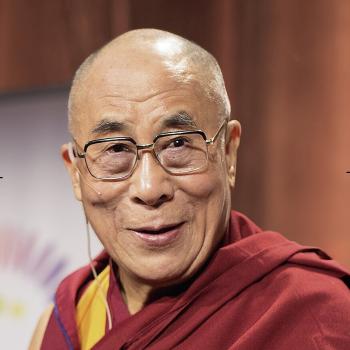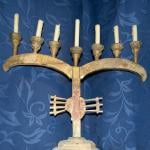A recent U.S. Supreme Court ruling has stopped Oklahoma’s plan to fund a Catholic charter school. I wrote about St. Isidore of Seville Catholic Virtual School nearly two years ago, when Oklahoma announced the state would subsidize a school providing sectarian religious instruction with taxpayer dollars. As explained in the earlier post, for a very long time such funding would have been considered an obvious violation of the U.S. Constitution. And it still is, apparently, but just barely.
Justice Amy Comey Barrett recused herself from the case. The unsigned order explained that the remaining eight justices of the Court had split four to four. We don’t know how the eight justices voted. The tie vote leaves in place a ruling by Oklahoma’s Supreme Court that found the plan unconstitutional. Justice Barrett didn’t say why she recused herself, but it’s possibly because she is a close personal friend of a lawyer who helped prepare the charter school’s case.
The current U.S. Supreme Court has been much more lenient toward church-state overlap than the court has been for several decades, if ever. Now several states have written new laws introducing Bible teachings into public schools in various ways. These laws are all being challenged and no doubt will end up at the Supreme Court eventually. This decision really isn’t giving us any clues as to how the court might rule, however.
Catholic Charter School: Some Backstory
In brief: In 2023 Oklahoma’s charter school board approved an application by the archdiocese of Oklahoma City and the diocese of Tulsa to operate a virtual Catholic charter school. In the U.S., “charter” schools are publicly funded, tuition-free schools that operate independently of local public schools. Instead, charter schools have a contract, or charter, with state or local government. St. Isidore school was intended to be religious and to engage in “the evangelizing mission of the church.” The school’s contract with the Oklahoma charter school board allowed the school to freely exercise its religious mission. But Oklahoma’s attorney general, Gentner Drummond, believed the charter violated both state law and the state constitution as well as the U.S. Constitution. So he went to the Oklahoma Supreme Court and asked that the charter be invalidated. (A side note — Saint Isidore of Seville, 560-636, is the patron saint of the internet, per Pope John Paul II.)
In July 2024 the Oklahoma Supreme Court decided, 7 to 1, that the charter must be voided. But four days later the Oklahoma charter school board voted to keep the charter but delay the public funding until July 2025, at the earliest. The legal team representing St. Isidore says the split decision was discouraging but not the end of the story. They hope to reintroduce the case at some point in the future.
Why a Catholic Charter School Is Controversial
The issue of using tax money to fund religious causes or institutions must be one of the longest-running controversies in all of United States politics. Back in 1784 and 1865 — before the Constitution had even been written — two famous patriots serving in the Virginia legislature squared off over the issue of tax money going to churches. Patrick Henry introduced a bill that would require Virginians to pay a tax that would go to a Christian congregation of their own choosing. Several other states had similar laws at the time. James Madison adamantly opposed this bill and submitted an argument against it to the General Assembly. Madison’s argument prevailed. Madison’s “Memorial and Remonstrance against Religious Assessments” is very much worth reading. It’s important to understand that Madison was not hostile to Christianity, or to religion in general. Rather, he wanted to protect religion and keep it free. Government involvement in matters of religion is a step toward tyranny, he argued. See also “James Madison and Religious Freedom.”
Madison was the chief author of the Bill of Rights, the first ten amendments to the U.S. Constitution. The very first Amendment prohibits the “establishment” of religion, which in the 18th century meant designating an official, state-sponsored church. It also prohibits government interference in the “free exercise” of religion. Madison and other founders believed strongly that both clauses were necessary to ensure religious freedom. Over the years the First Amendment religion clauses have been interpreted to mean that government may not show favoritism toward one religious tradition but treat all equally. Government must neither promote nor inhibit religion. However, the government has formed partnerships with or given assistance to religious institutions for secular purposes, such as aiding the poor. For example, in 2017 the court decided that a church school could receive state grant money to resurface a playground, since this was really a benefit for the children and not promoting religion.
In 2022 the justices voted, six to three, in another case involving tax money going to parochial schools. That case (Carson v. Makin) involved a situation in rural Maine. Some sparsely populated areas of Maine have only public primary schools. Families of secondary students — usually 12- to 18-year-olds — were given vouchers that they could use at a school, private or public, of their choice. I understand this included “virtual” schools. However, the vouchers could only be used at nonreligious schools. In the majority decision, Chief Justice John Roberts wrote that Maine’s policies discriminated against religion. If the vouchers could be used at secular private schools, they should be usable at parochial schools as well.
The Oklahoma Catholic Charter School Case: Oral Arguments
Although the Oklahoma charter school order issued by the Supreme Court was unsigned, the numbers tell us that at least one of the court’s conservatives must have seen a big difference between parents electing to use vouchers to send a child to parochial school and state funds directly subsidizing a parochial school. And that may have been Chief Justice John Roberts. At the oral argument before the court in April, Chief Justice Roberts pointed to the differences between earlier cases — such as the Maine voucher case — and St. Isidore . Those cases, Roberts said, “involved fairly discrete state involvement.” The state’s participation in the operation of a Catholic virtual charter school would be “a much more comprehensive involvement.”
Still, we know that four of the current nine justices of the court were ready to approve government funding of a religious charter school. And it’s very possible Justice Amy Comey Barrett would have voted with those justices had she not recused herself.
For more about the case, I recommend “Split Supreme Court blocks first religious charter school in Oklahoma” by Amy Howe at SCOTUSblog.

;













